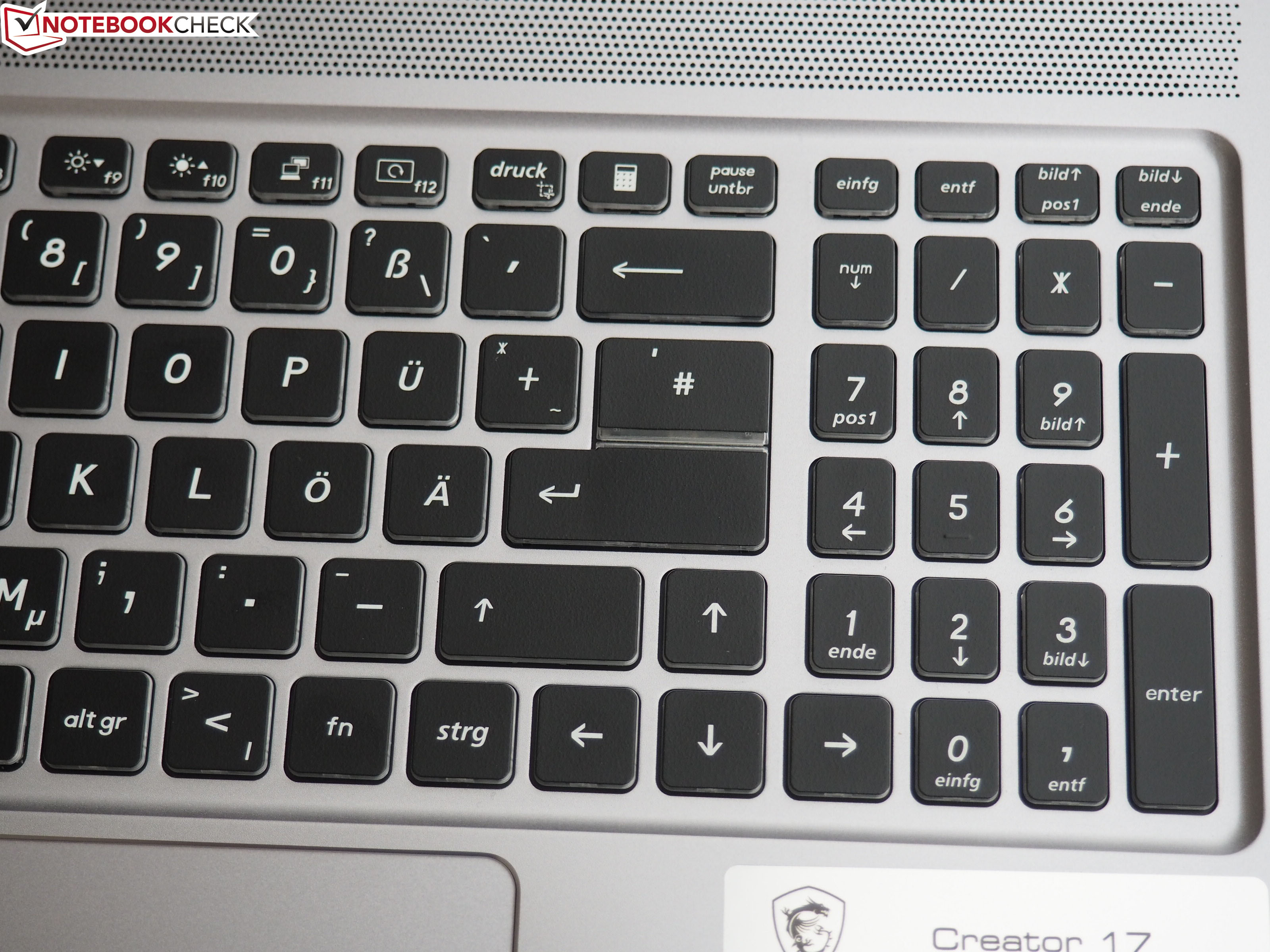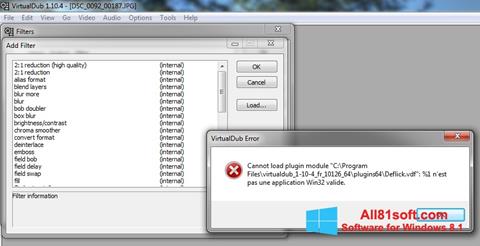
"Browse" button to point to another place. To change the dataĭirectory location, select "Database instance" in the feature tree, and use the Will be in the "data" folder under the installation root. NOTE: By default, if you install a database instance, the data directory Instances after the installation, with the mysql_install_db.exe utility. For example, if youĪlready have MySQL or MariaDB databases running as services, you can just Necessarily have to create an instance at this stage. In this case the installer will present additionalĭialogs to control various database properties. If the "Database instance"įeature is selected, the installer will create a database instance, by default Installed with the exception of the debug symbols. Here, you can choose what features to install. To start the installer, just click onĬlick on "I accept the terms" Custom Setup This is the typical mode of installation. Running 32 and 64 Bit Distributions on the Same Machine.Database Authentication/Security Related Properties.

This starts a wizard that will guide you through the entire process. To migrate a traditional installer, click Application package. The home screen shows icons for creating a new package, modifying an existing one, and launching the package editor.


Since it is a store app and its execution requires administrative rights, you should log on to Windows with a privileged account and install the tool in this context. If you have set up a VM for this purpose yourself, you can install the tool from the Microsoft Store. Microsoft recommends using a pristine Windows installation because the packaging tool, like the sequencer from App-V, records all changes to the system that the original setup makes to it.įor this purpose, Microsoft offers a virtual machine with an evaluation version of Windows 10 via the Hyper-V quick creation feature, which already contains the latest version of the MSIX Packaging Tool. The source system must have the same processor architecture as the target computers (i.e., Intel versus ARM and 32- versus 64-bit).


 0 kommentar(er)
0 kommentar(er)
